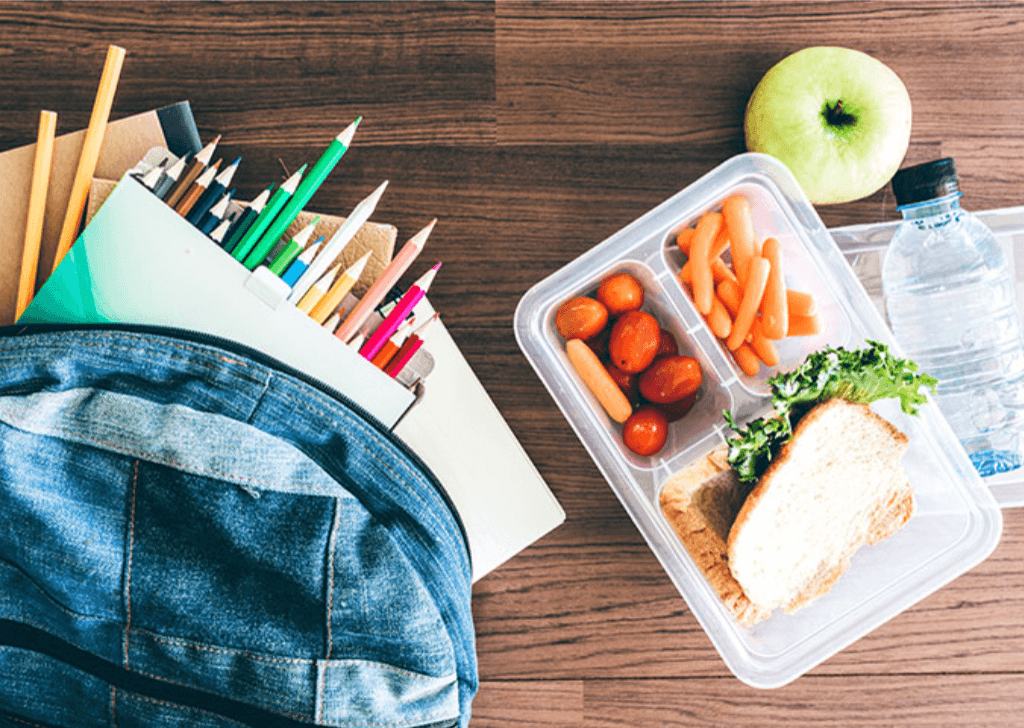Back to School Nutrition

A new school year is the perfect time to get back into a healthy routine. Here are some simple ways to make sure students are fuelling properly for their school day.
Make breakfast a priority
Eating a healthy breakfast is the best way to start the day, for children and adults alike.
To encourage your children to eat a good breakfast before school, sit down and eat with them. The act of eating breakfast together models that breakfast is important for everyone. If a rushed morning routine keeps you from sitting down for breakfast, set aside 10 to 15 extra minutes to eat. Wake up just a little bit earlier if needed.
A balanced breakfast doesn’t have to be an elaborate hot meal. A bowl of whole-grain cereal (skip the sugary ones, aim for less than 10 grams of sugar per serving) & low-fat milk & a piece of fruit is a quick and nutritious breakfast.
Ask your kids how they eat at school
Many kids eating school lunches aren’t eating enough.
Whether it’s the short amount of time they are given to eat or their food preferences, many children are tossing half, if not more, of their school lunches away.
Not getting enough calories early in the day can cause kids to feel sluggish and easily distracted. This leads to feeling overly hungry after school and into the evening. If you notice your children seem to be excessively hungry after school, ask them about how they’re eating at school. If your child doesn’t care for the current food choices, offer some healthy alternatives. It’s a great way to ensure they get to eat enough of the healthy foods they like.
Have a nutritious snack ready for after school.
No matter how well a child eats at breakfast and lunch, they will most likely be hungry after school. Some families eat dinner when your child arrives home from school, but many families don’t eat until two or three hours after school is out. If your child needs an after school snack, try to:
- Find the right-sized snack to help them come to dinner hungry, but not starving. Hungry children are more likely to try new foods, but if they are overly hungry, they are more inclined to eat very quickly and possibly overeat. If they come to the table full from eating a meal-sized afternoon snack, they will not want to eat their meal, or they might eat it anyway and feel stuffed.
- Offer a snack like an apple with a tablespoon of peanut butter, or a cup of yogurt, a healthy granola bar or cheese and whole-grain crackers. These types of snacks should be enough to satiate their hunger without spoiling their appetite for dinner.
- Send a snack to school with your child if they ride the bus, or you have a long drive home from school. Having healthy snacks like fruits and vegetables available, instead of less nutritious foods like crisps and biscuits, keeps kids from eating too many empty calories.
Think of snack times as additional opportunities during the day for kids to eat more of the foods they might not be getting enough of in their three meals. Make the most of snack by offering foods that have the nutrients they need.

 Locations
Locations
 Patient Registration
Patient Registration